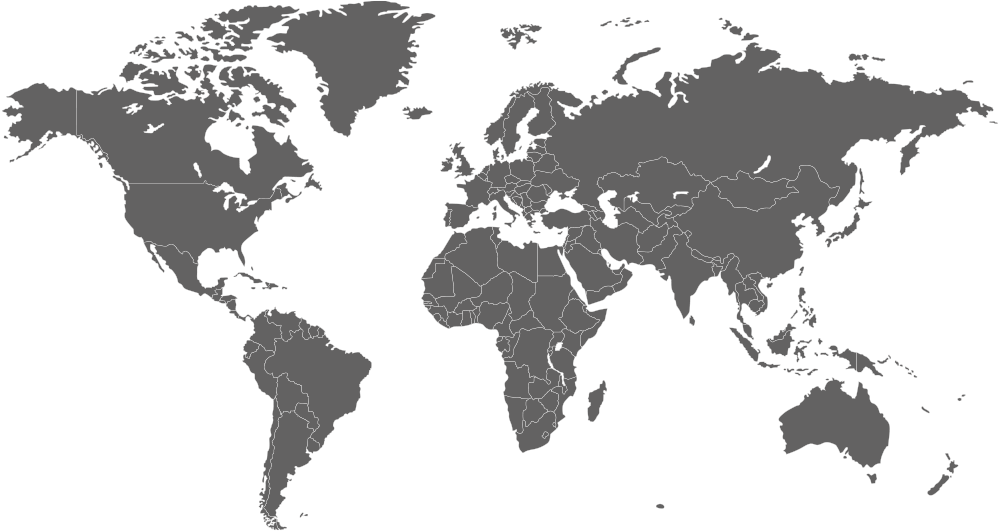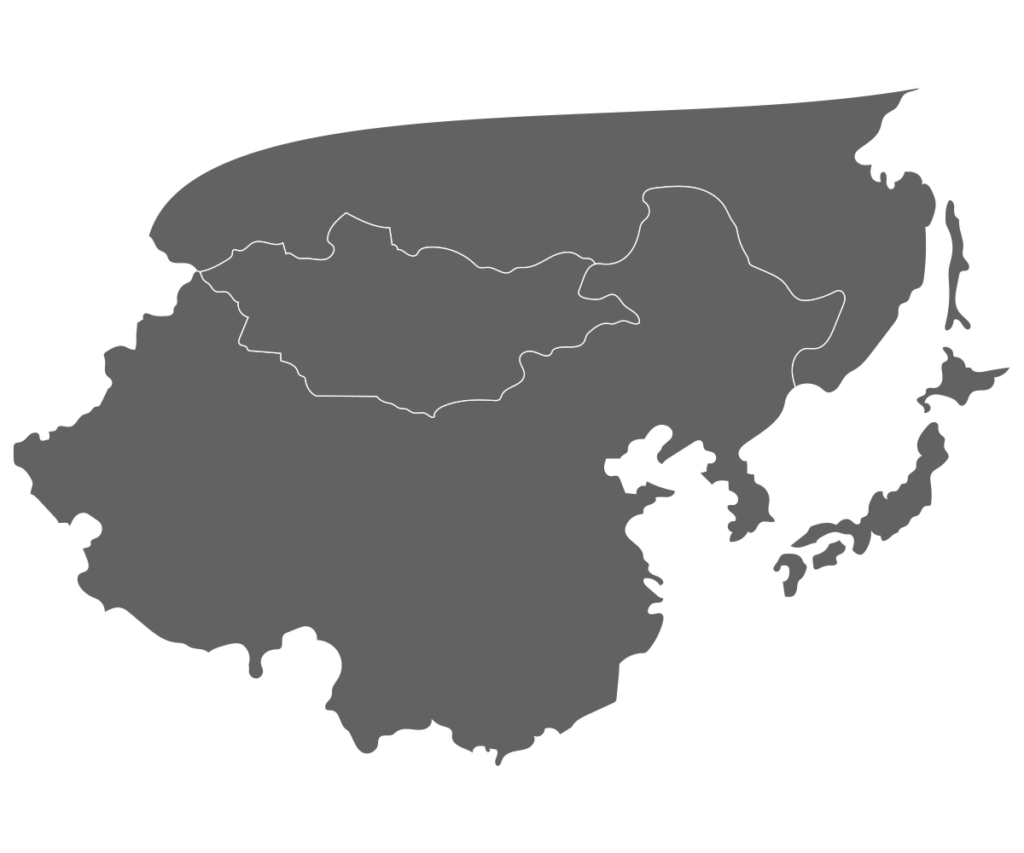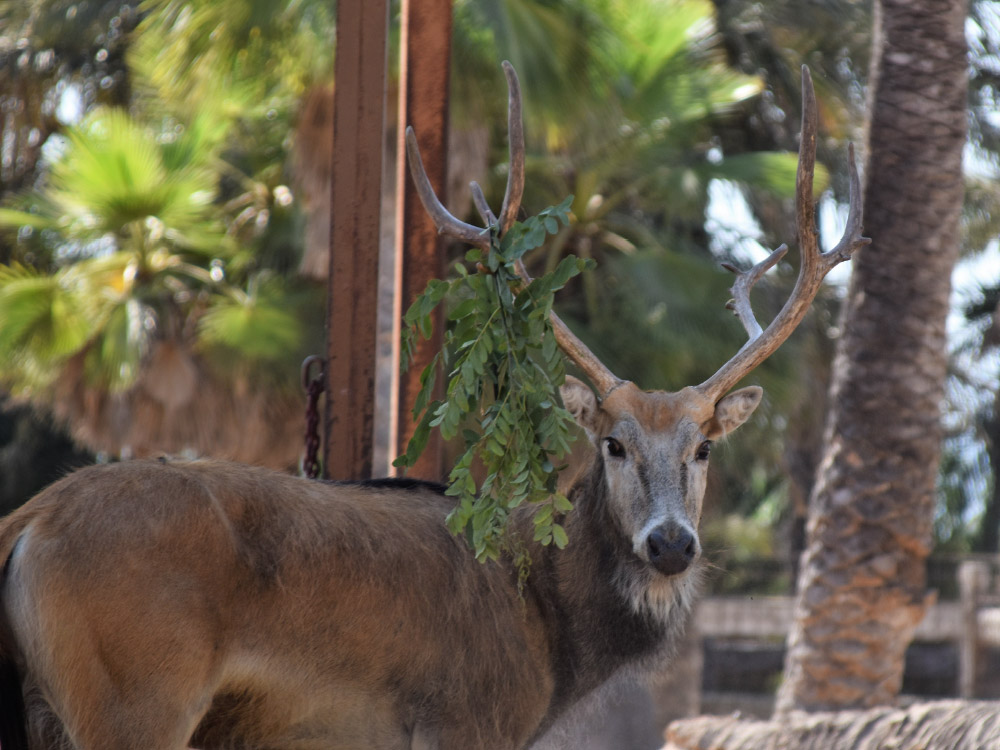Conservation Status:
Extinct in the Wild

Habitat
Forest
Diet
herbivorous
Social Life
Gregarious

Weight
170 Kg
Gestation
286 days


This species, although now extinct in the wild, is endemic to China. Pere David’s deer thrives in floodplain, estuaries or swamp habitats, for its diet is herbivorous and it does spend a lot of time in the water. Newborn animals are able to swim aptly.
During the Qing Dynasty (1616-1911), the Nanyuang Royal Hunting Garden contained a herd of P. davidianus in its 200 km² hunting ground. The area had been sealed off from the outside world since the Yuan Dynasty (1205-1368) as a royal garden. The French missionary Père Armand David “discovered” P. davidianus in the Nanyuan Royal Hunting Garden in 1864. Realizing that the deer was an unknown species to the West, he persuaded the wardens to give him hinds and skeletons of an adult male, an adult female and a young male, and sent them to Paris in 1866, where the species was named Père David’s deer by Milne-Edwards. In 1895, the surrounding wall of the Nanyuan Hunting Garden was destroyed by a heavy flood of the Yongding River, and most of the Père David’s Deer escaped and were hunted. Only 20-30 animals survived in the garden. Then in 1900, during the Boxer Rebellion, the garden was occupied by troops and the remaining deer were shot and eaten.
However, before the demise of the royal herd of Père David’s Deer in the Nanyuan Royal Hunting Garden in 1900, the deer had been introduced into private deer collections in Europe. The heavily inbred Père David’s Deer safely passed though the genetic bottleneck of inbreeding and is now safely abundant. It has been reintroduced into China (in captivity).

